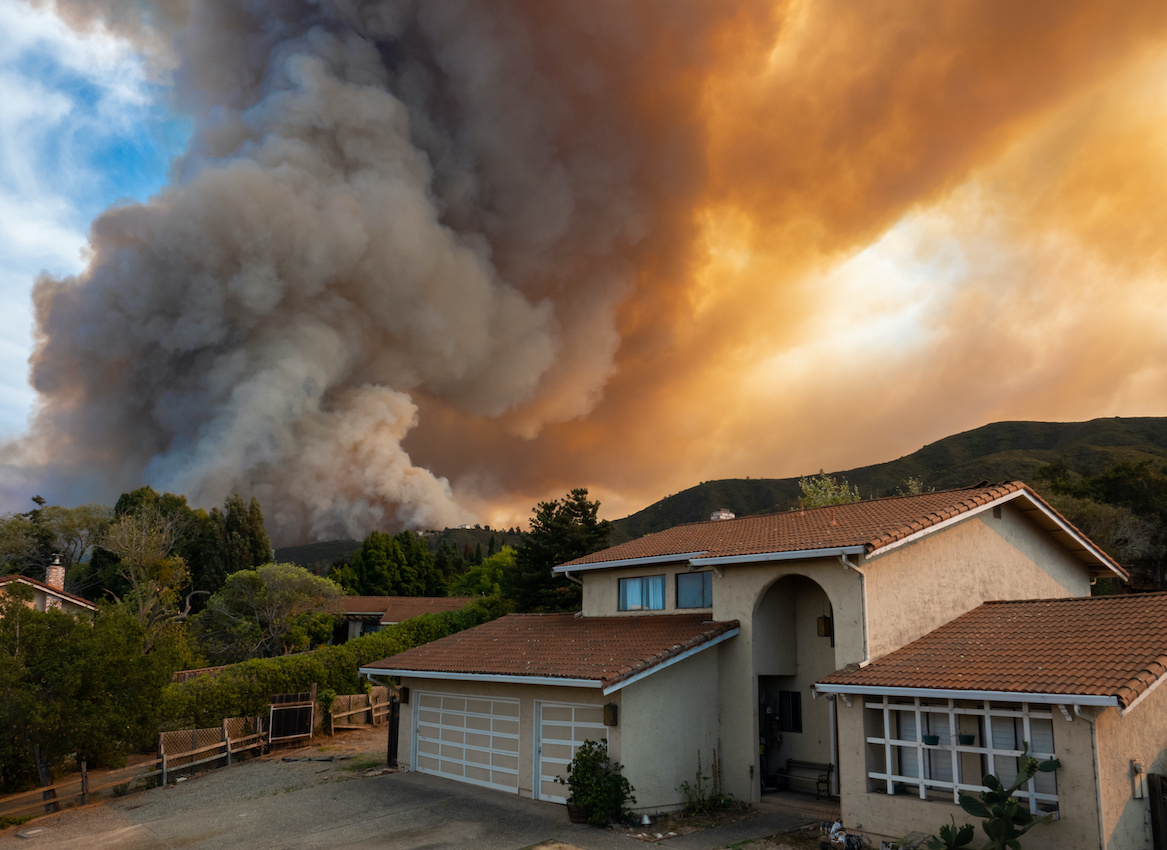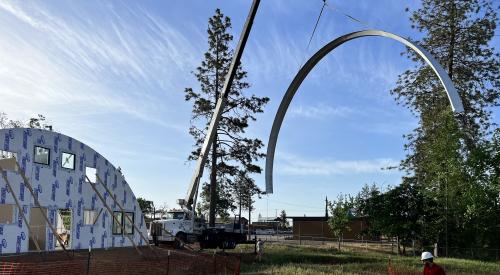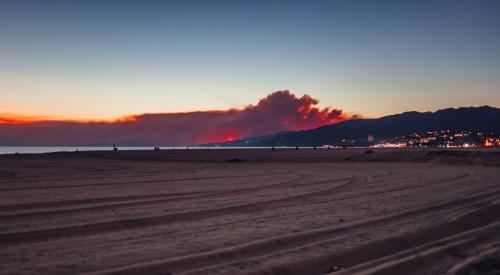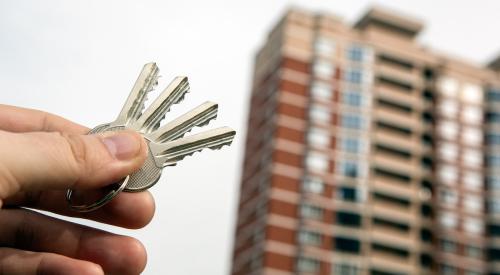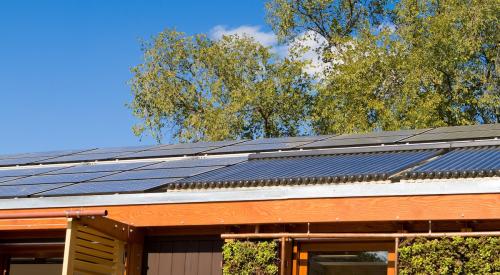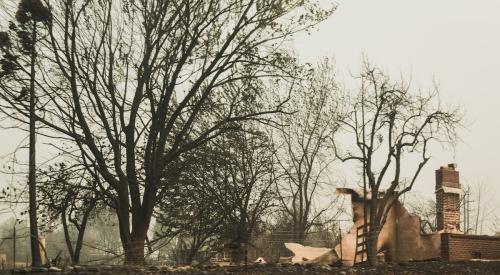Some Californians are saying goodbye to the Golden State as wildfires push residents to reconsider their desire to stay. Camp Fire, the state’s most destructive wildfire, only needed four hours to burn down businesses, schools, and 11,000 homes in the town of Paradise. And climate change is not helping the situation, reports the New York Times. It’s a cycle residents have come to know: it burns, you rebuild, then the fires come again. The process has begun to look different as temperatures reached triple digits last fall, which only caused more fires.
California has battled dual crises, with the largest wildfire season on record breaking out in the midst of the pandemic. At the close of 2020, as millions of Californians were put under a second lockdown in a bid to quell a massive second surge in Covid-19 cases, more than 4.2 million acres of the state had been scorched by nearly 10,000 fires. But in many ways, the crises have split the state into two: Northern California continues to reel from multiple megafires, including the August Complex Fire and the SCU Lightning Complex Fire that exploded in late summer. And in Southern California, Los Angeles is now the epicenter of the pandemic, leading the nation both in confirmed cases and in numbers of deaths.
In the midst of this, a historic housing shortage and low interest rates have pushed California’s home prices to record highs. In August, the median cost of a single family home in the state crossed $700,000; in September it climbed further.
